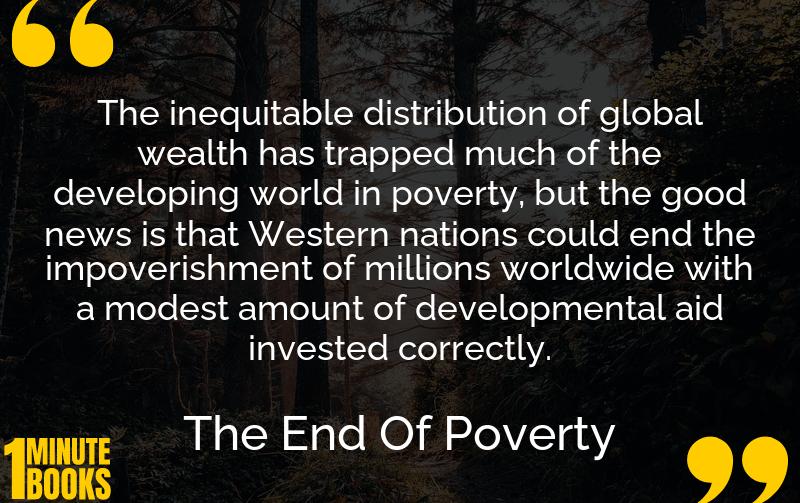
The book explores why global poverty persists despite vast wealth. Sachs argues that systemic changes, like increased aid and personalized solutions, are vital to lift nations out of poverty traps.
Main Lessons
- Global wealth is unevenly distributed, leading to persistent poverty, especially in developing countries.
- Many developing nations are caught in a ‘poverty trap’ due to factors like poor geography and governance.
- Capital accumulation is essential for economic growth, yet challenging for poorer nations facing inflation and population growth.
- One-size-fits-all solutions to poverty are ineffective; tailored strategies for each country’s unique challenges are needed.
- China’s economic rise showcases the importance of natural advantages and governmental transformation.
- India’s strategy of opening markets and investing in education has fueled its economic growth.
- Effective developmental aid could significantly reduce African poverty by addressing infrastructure and social needs.
- Debt relief and free trade are crucial as they can empower developing countries to invest in their futures.
- Greater focus on problems specific to poor countries, like certain health issues, is necessary for sustainable growth.
- Wealthier nations bear a responsibility to support poorer ones in facing climate change, as they are most affected.








